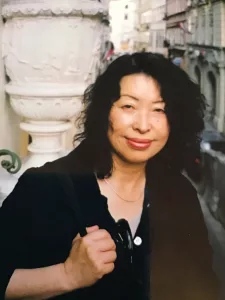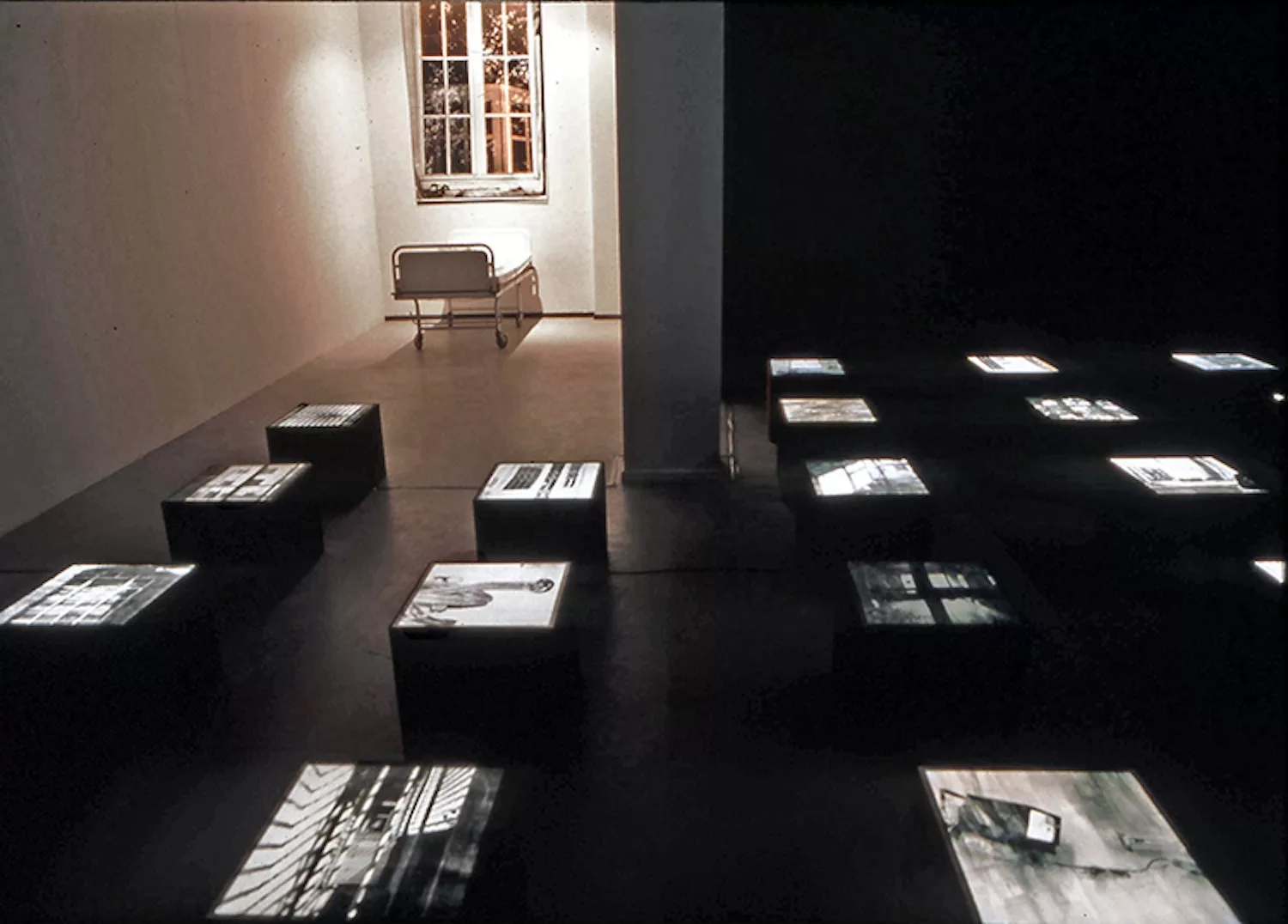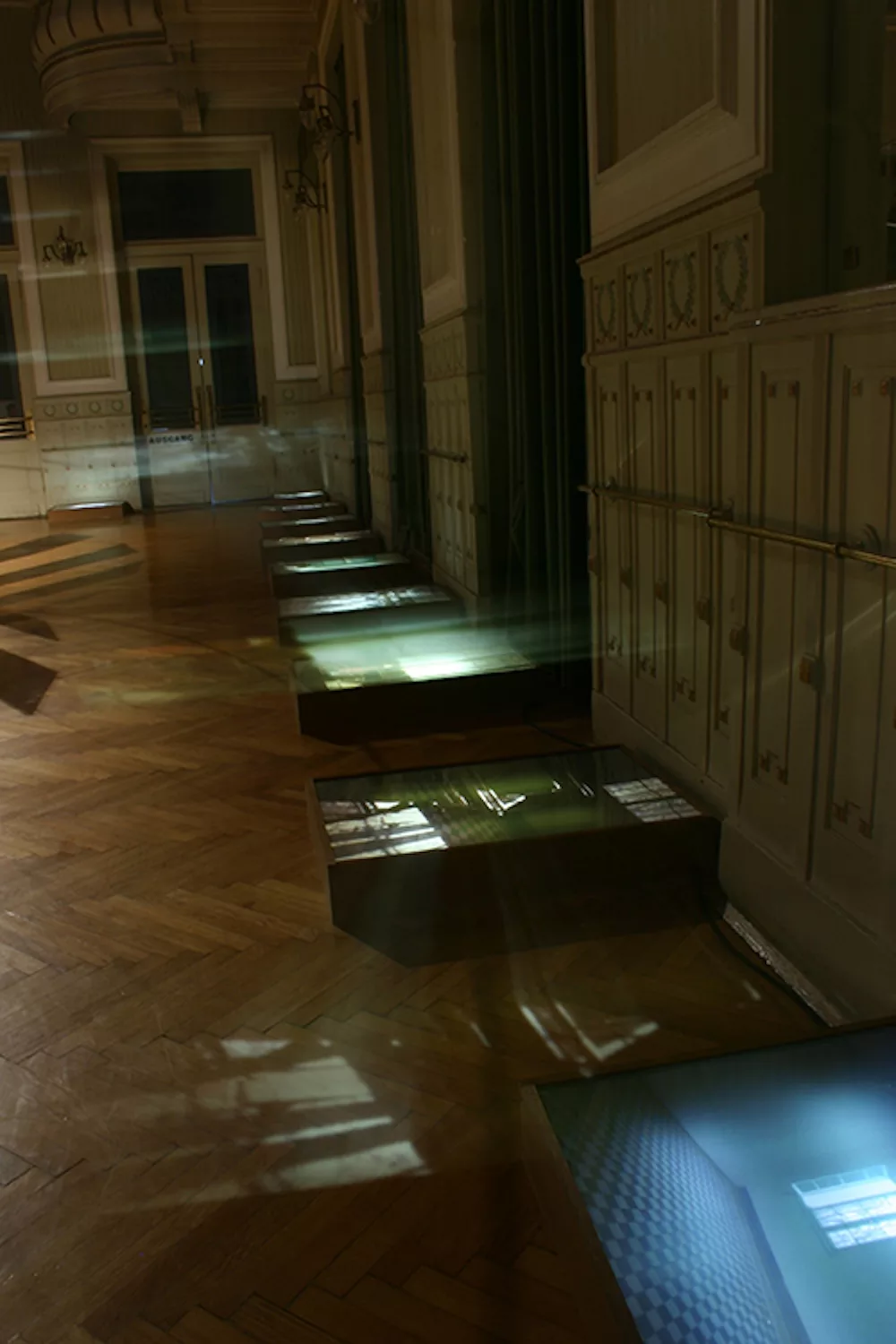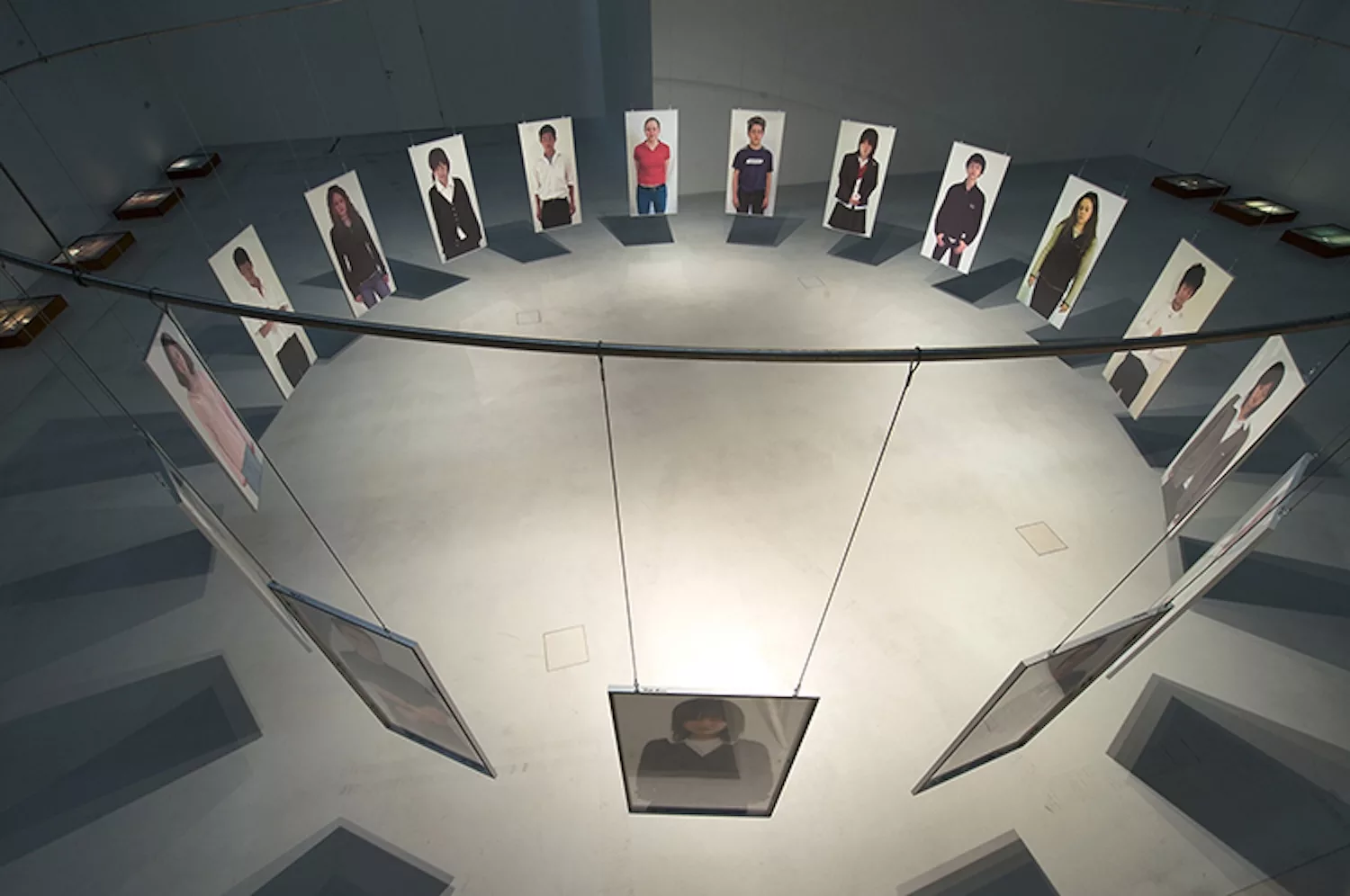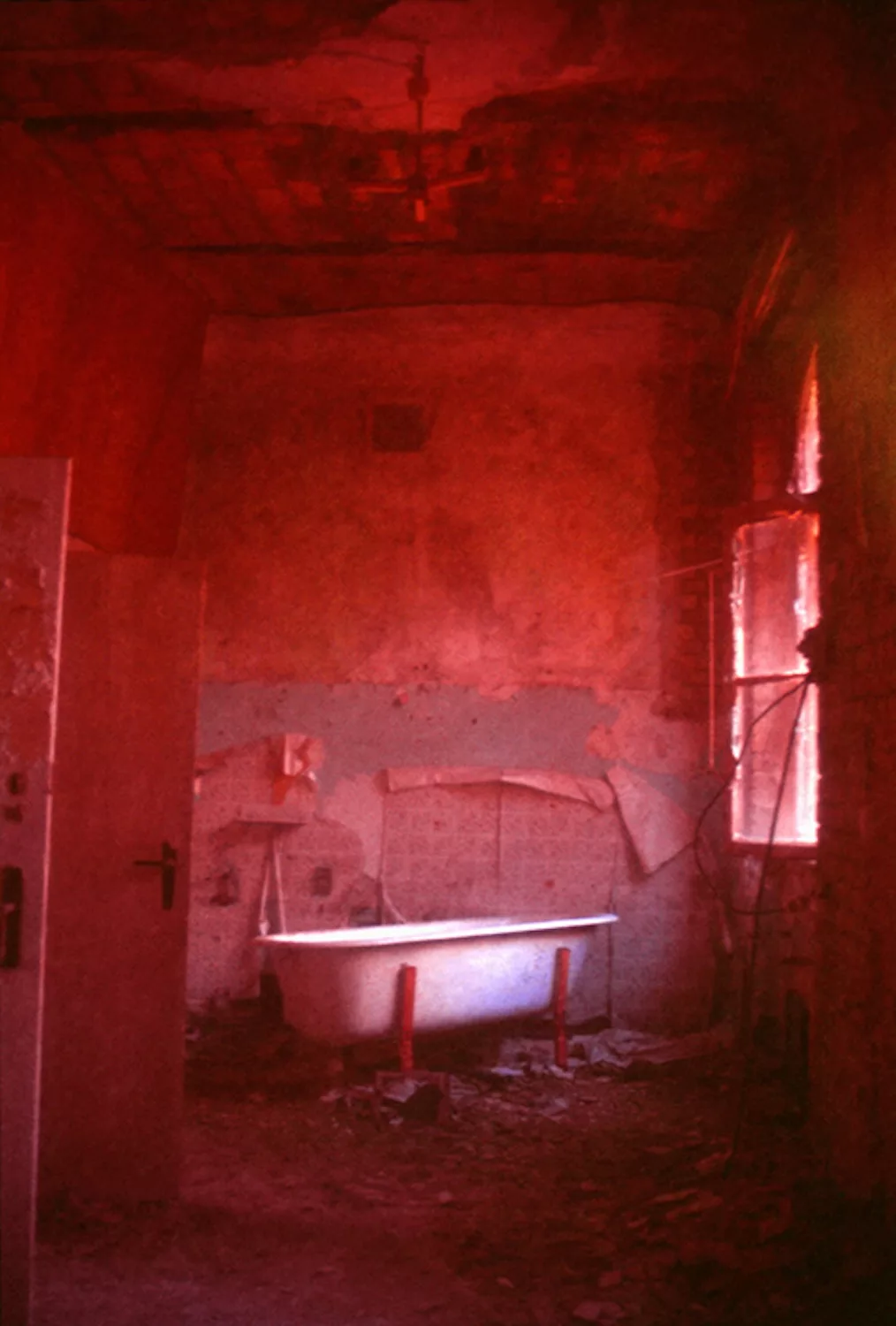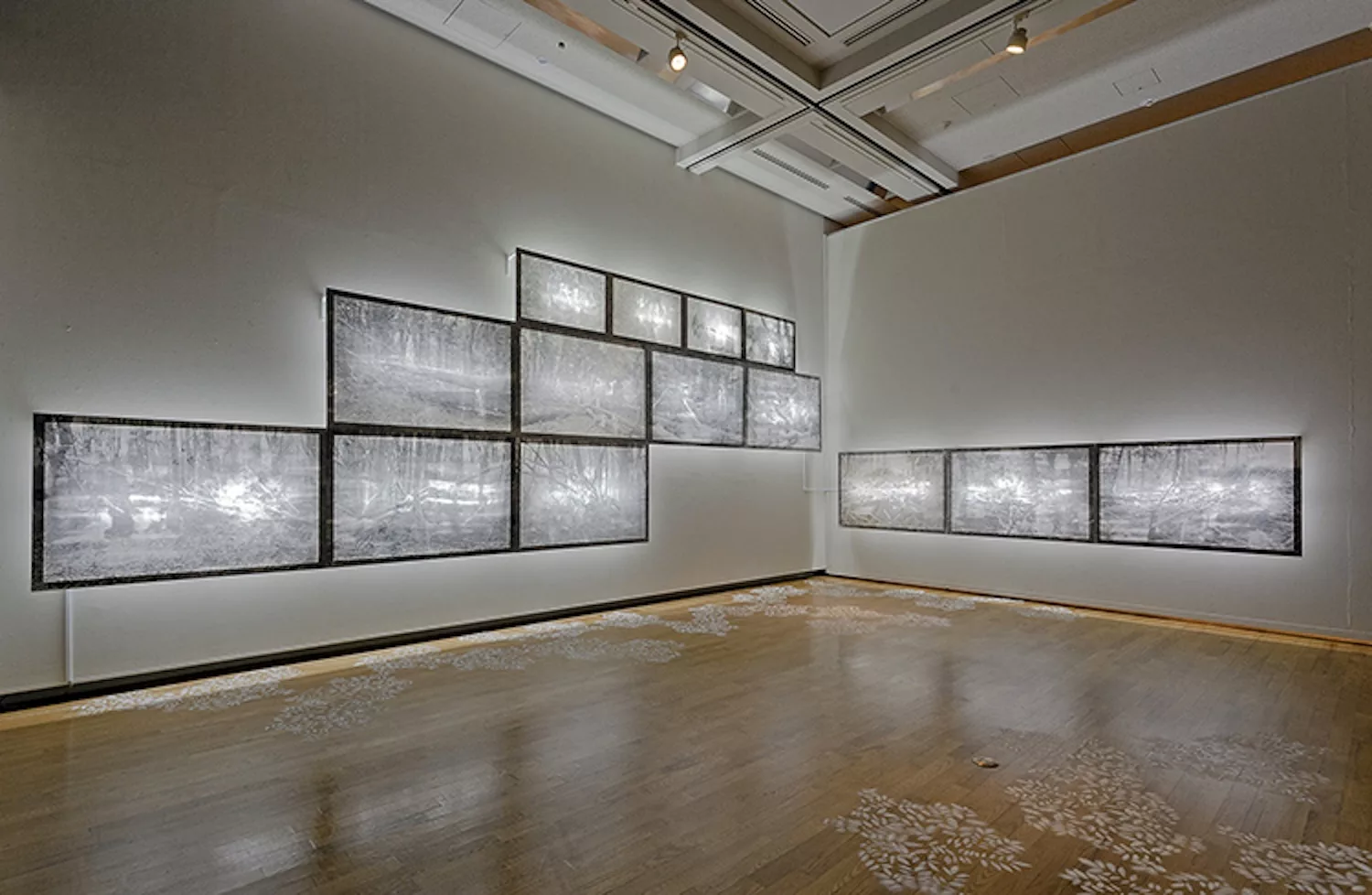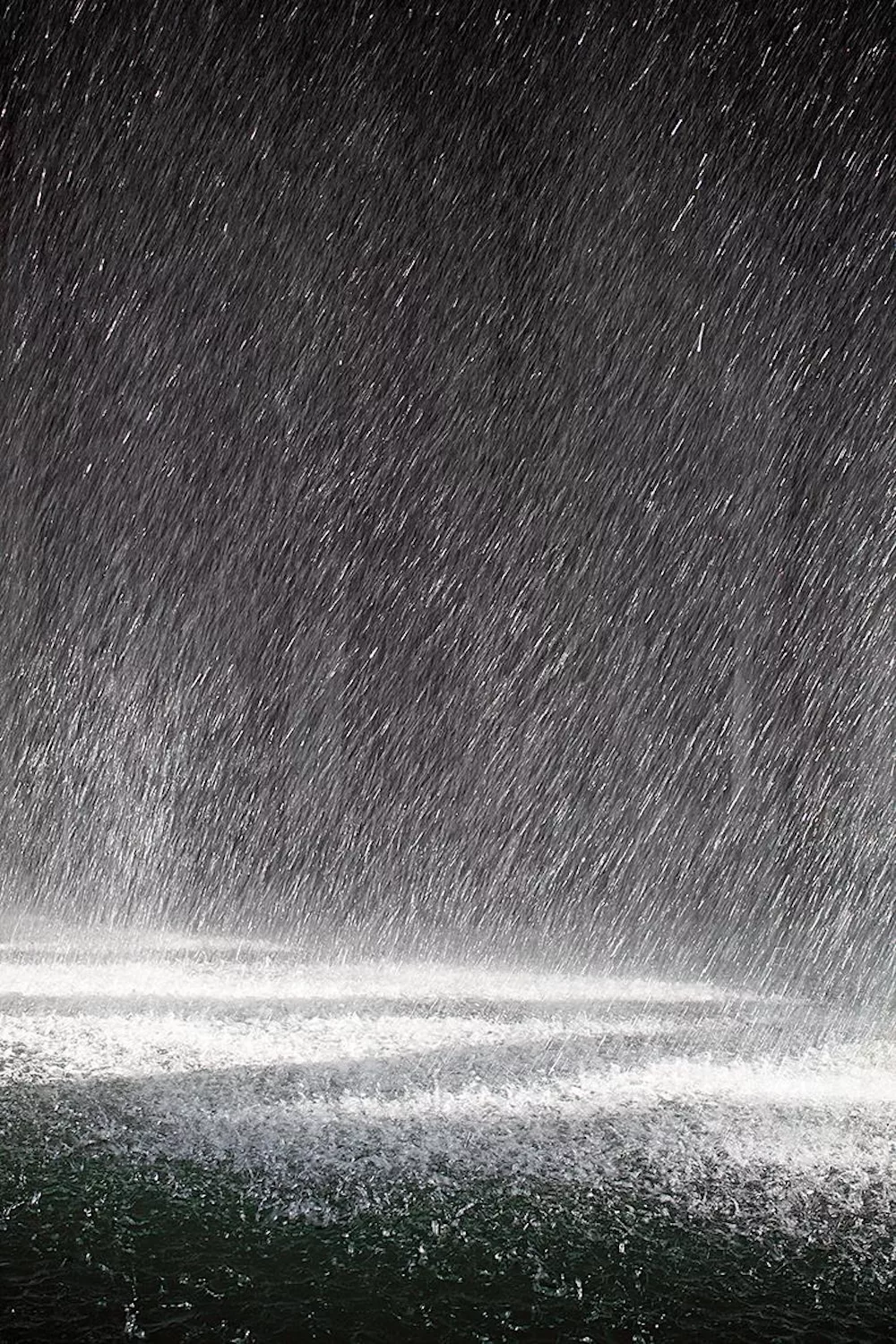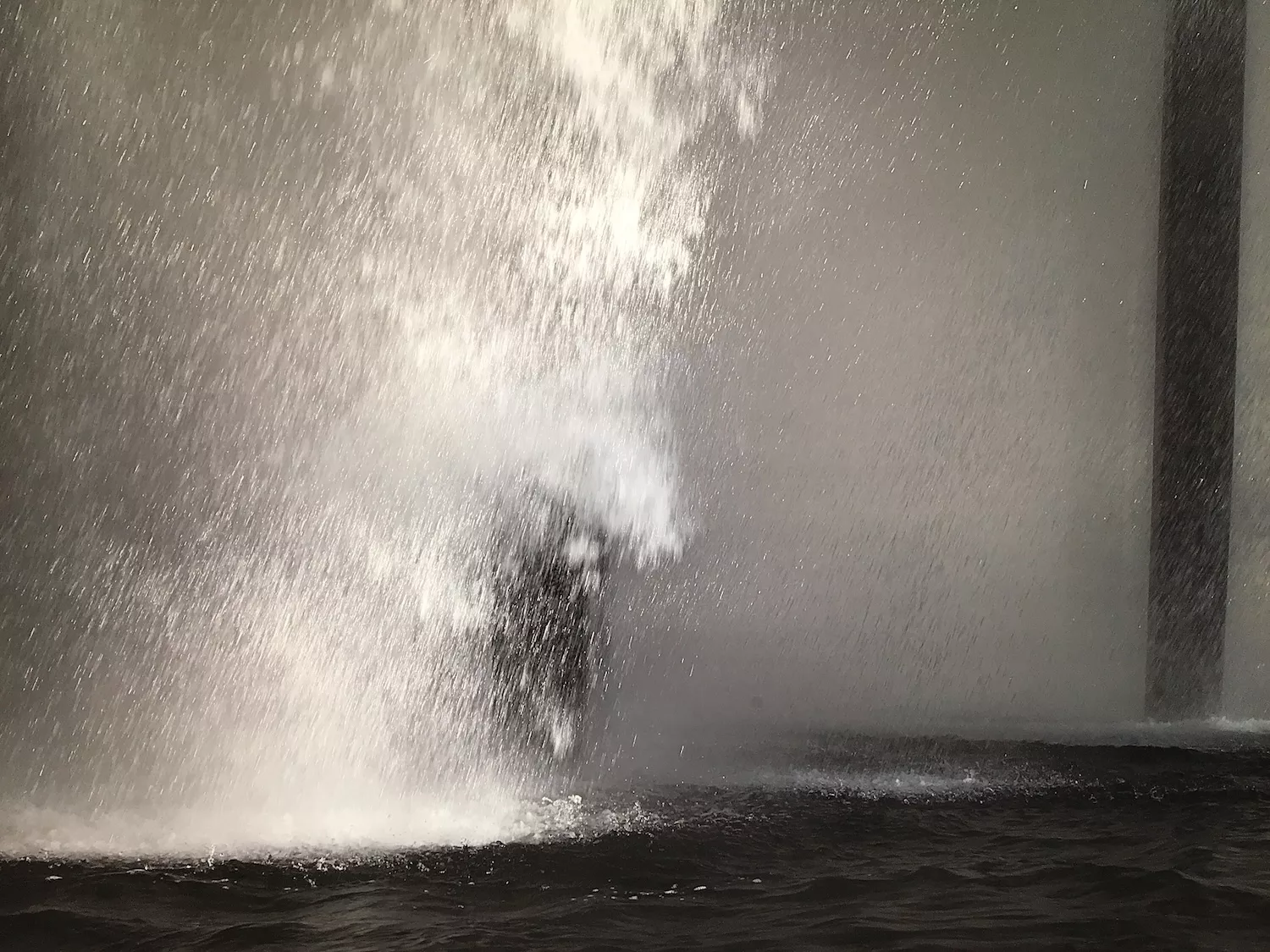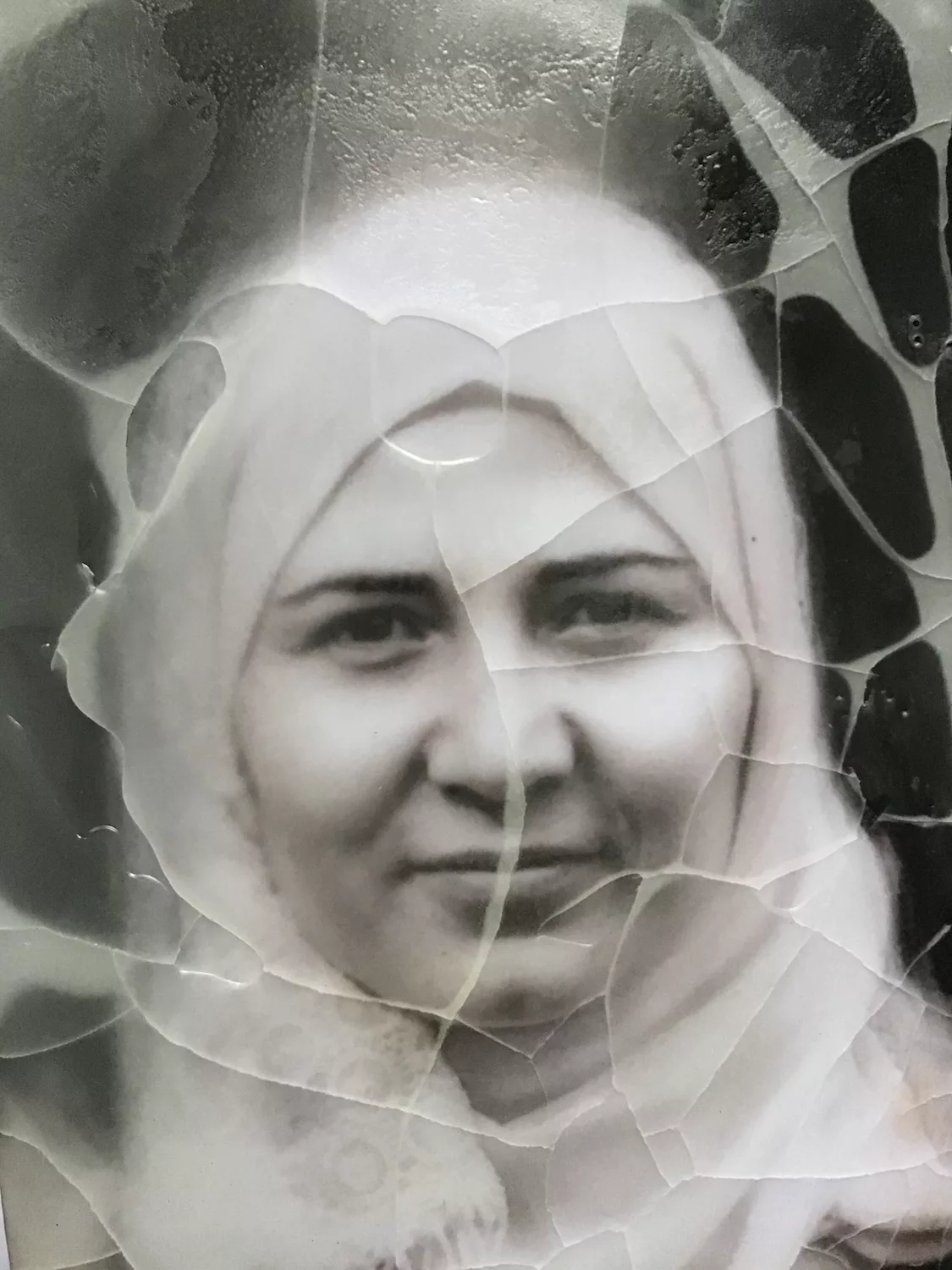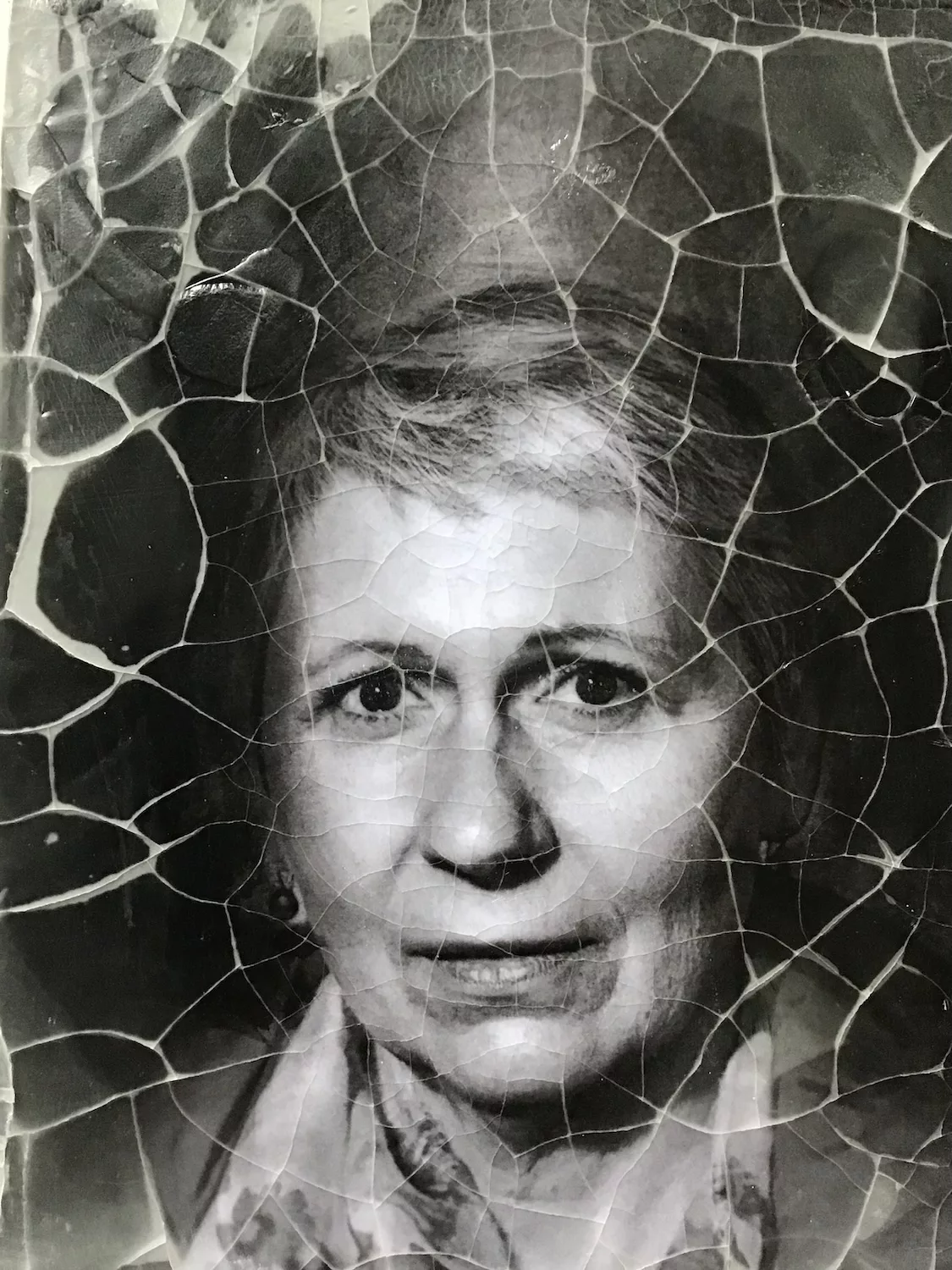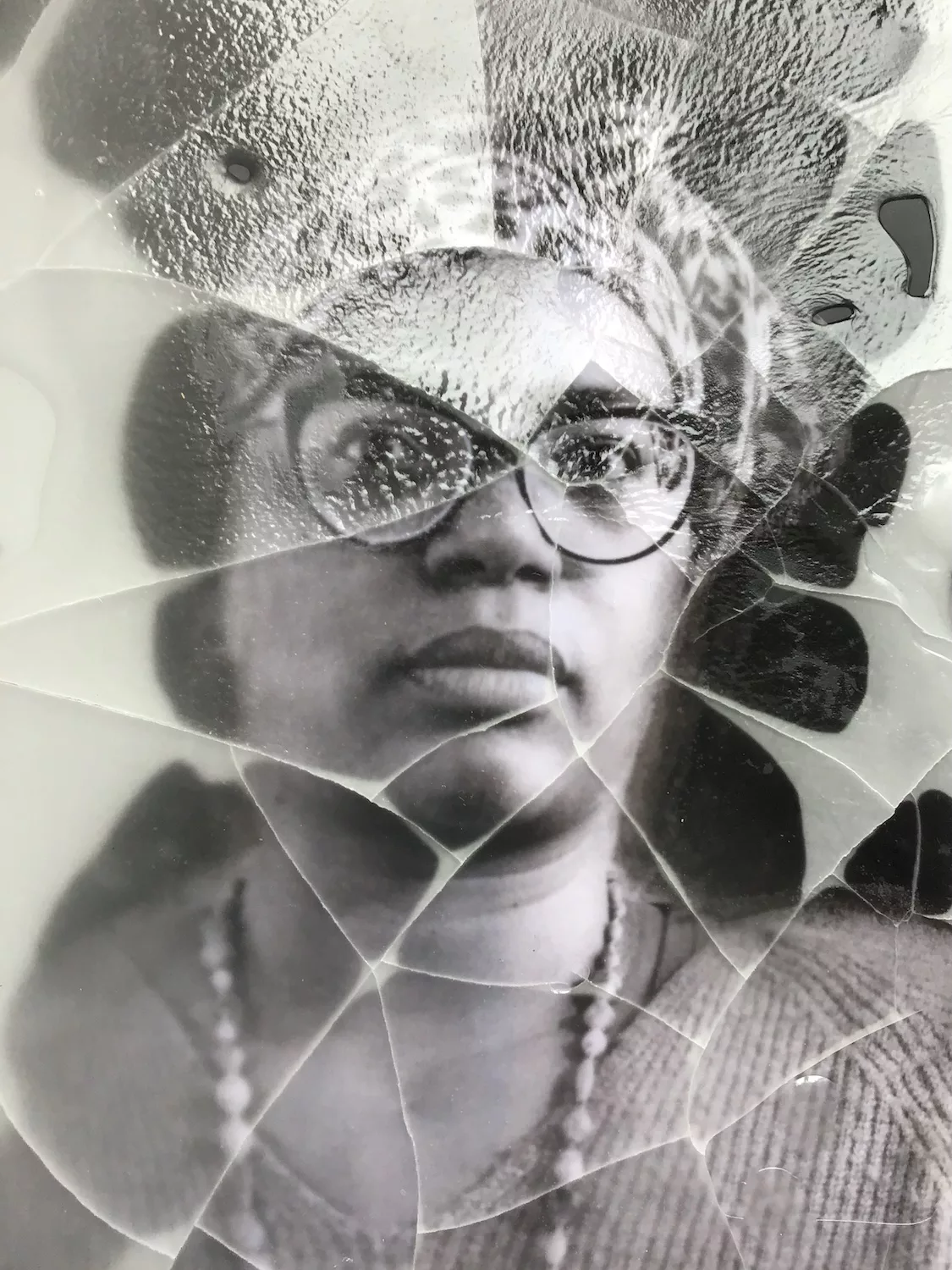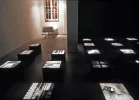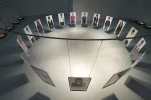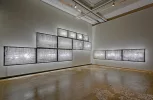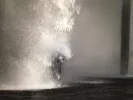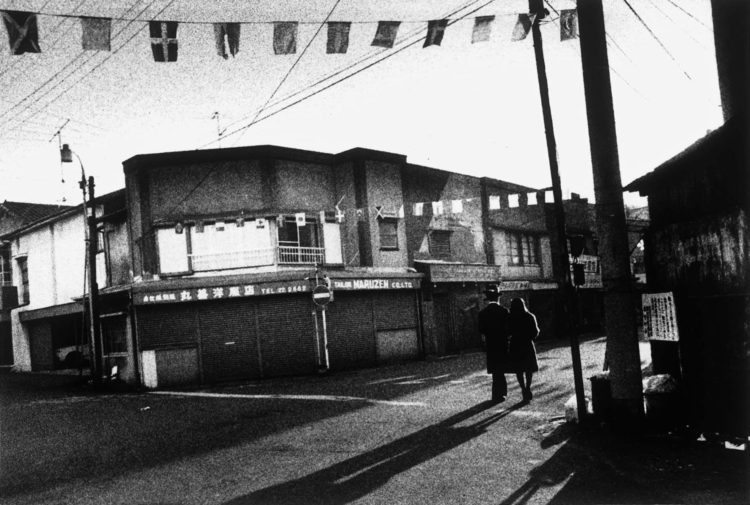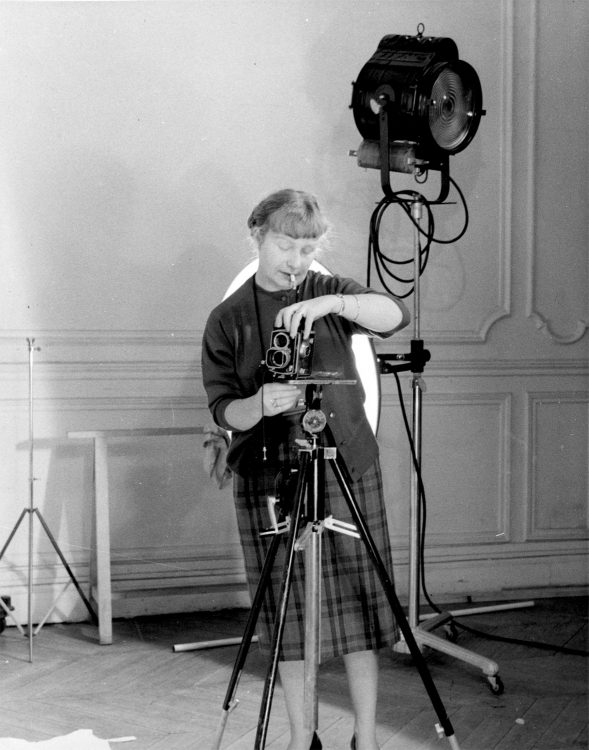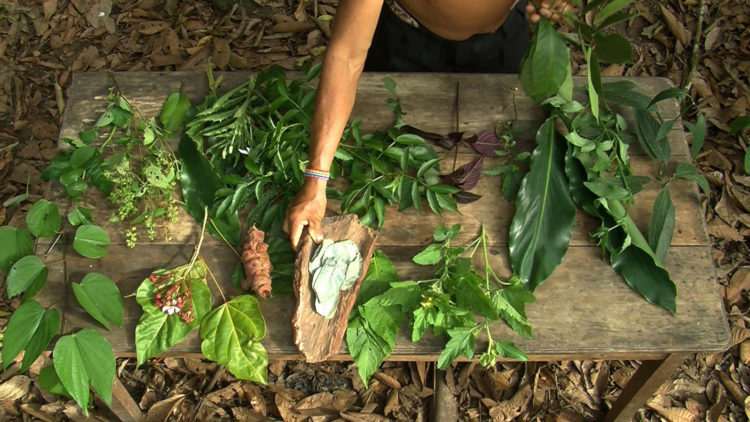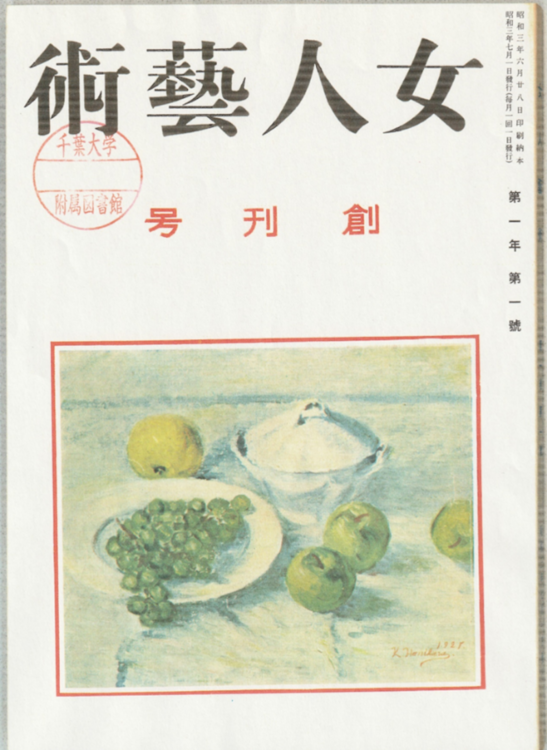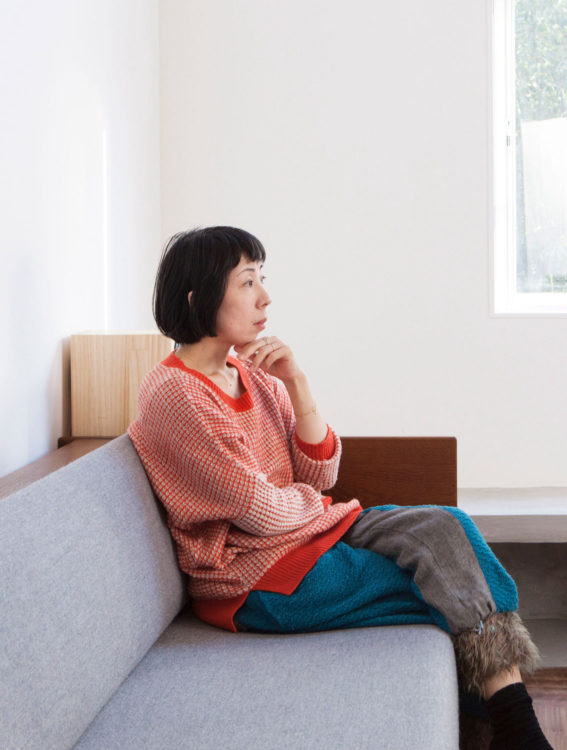Hiroko Inoue, Hiroko Inoue – MIZU, Yoshiaki Inoue Gallery, Osaka, 2016
→Women In-Between: Asian Women Artist 1984-2012, cat. expo., musée des arts asiatiques de Fukuoka (FaN) / musée départemental d’Okinawa / musée départemental de Tochigi / musée départemental de Mie, 2012
→Hiroko Inoue, Inside-Out, FOIL Co.,Ltd., Tokyo, 2009
Das ist Gesellschaft – Soziale Fotografie in Düsseldorf [Voici la société : photographies sociales à Düsseldorf], musée municipal de Düsseldorf, Allemagne, du 8 septembre 2024 au 5 janvier 2025
→Inside-Out, Théâtre Jugendstil, ancien centre psychiatrique Otto Wagner, Vienne, Autriche, 10 octobre – 28 novembre 2005
→Women In-Between: Asian Women Artist 1984-2012, musée des arts asiatiques de Fukuoka (FaN), du 1er septembre au 21 octobre 2012 ; musée départemental d’Okinawa, du 27 novembre 2012 au 6 janvier 2013 ; musée départemental de Tochigi, du 26 janvier au 24 mars 2013 ; musée départemental de Mie, du 13 avril au 23 juin 2013
Artiste en arts visuels japonaise.
Après des études universitaires en anthropologie culturelle, Hiroko Inoue se rend en 1974 à Okinawa pour effectuer des recherches sur le terrain, et s’intéresse aux processus d’extraction de l’indigo dans l’archipel des Ryūkyū, qui différent d’une île à l’autre : ses travaux l’amenèrent à étudier également pendant deux ans les techniques locales de teinture et de tissage. Forte de cette expérience, elle commence à réaliser des œuvres faites de fibres de couleurs vives à partir de 1992, mais le grand tremblement de terre de Hanshin-Awaji qui touche la région de Kobé en 1995 marque un tournant majeur dans son œuvre, au cœur de laquelle elle introduit désormais une dimension sociale.
Le Prix spécial décerné conjointement par la Ville de Düsseldorf et l’Institut Goethe du Kansai qui lui est attribué à la Triennale d’Osaka de 1998 est assorti d’une résidence d’artiste dans un atelier de Düsseldorf en 1999. C’est l’occasion pour elle d’y organiser sa première exposition personnelle. Depuis, les allers-retours entre le Japon et l’Allemagne rythment son activité artistique.
Ses sujets de prédilection tournent autour de la souffrance mentale des personnes isolées et des barrières séparant les êtres. Cela se manifeste d’abord par une série d’installations exposées à Tokyo et en Allemagne. Intitulées Absence(1997-2001), elles sont composées de photos en noir et blanc représentant l’intérieur de chambres d’un hôpital psychiatrique et leurs fenêtres donnant sur l’extérieur. Après avoir fait partie pendant un temps d’une équipe de tournage allemande avec laquelle elle parcourt le monde, se rendant notamment en Alaska et au Yémen, H. Inoue présente à Tokyo, Nagoya et Mülheim une nouvelle installation de photos en noir et blanc, What Wilt Thou (2003), représentant des portraits en pied de trois quarts d’adolescents et d’adolescentes les yeux fermés. Jusqu’ici, ses photos de lieux d’isolement sont dépourvues de figures humaines. Mais ses voyages dans des zones les plus reculées de la planète lui font réaliser combien les enfants sont victimes, où que ce soit dans le monde, de conflits régionaux ou de violences intrafamiliales. C’est dans une volonté de préserver l’image de ces jeunes qu’elle décide pour la première fois d’avoir recours au portrait.
En 2005, elle est envoyée en Autriche pour un an par l’Agence japonaise des affaires culturelles, comme chargée des échanges culturels. Les créations réalisées pendant ce séjour font l’objet de l’exposition Inside-Out (2005) montée dans le théâtre Jugendstil de l’ancien centre psychiatrique Otto-Wagner à Vienne. On peut y admirer une installation de photos en couleurs de fenêtres et de lycéens et lycéennes du monde entier se tenant debout les yeux fermés. L’œuvre remporte un franc succès, au point que le musée MUSA de Vienne l’acquiert. La série est par la suite exposée en Allemagne et au Japon. H. Inoue réutilise en 2009 le même titre Inside Out pour une autre exposition de photos en couleurs d’intérieurs et de vues à travers les fenêtres d’hôpitaux psychiatriques japonais ou viennois, de centres de détention allemands pour mineurs, de sanatoriums ou d’anciens camps de concentration nazis, issues de sa collection de clichés pris au cours de ses voyages de par le monde.
Le grand séisme qui frappe en 2011 le nord-est du Japon est le point de départ d’une nouvelle installation de photos sur le thème des forêts japonaises et allemandes, Mori [Forêts, 2011-2012], présentée dans le cadre de l’exposition itinérante Women In-Between: Asian Women Artist 1984-2012 à Dortmund et dans quatre musées japonais. Côté allemand, elle choisit de représenter une forêt artificielle près d’une mine de charbon abandonnée dans la Ruhr, et la dense forêt de Reichswald, tristement célèbre pour avoir été le théâtre de combats acharnés pendant la Seconde Guerre mondiale. Côté japonais, c’est la forêt primitive de Nara, associée au mythe fondateur de la nation nipponne, qui retient son attention, au même titre que les pins maritimes du littoral de Sanriku, région dévastée par le séisme de 2011. Autant de paysages chargés d’histoire que le spectateur est invité à faire revivre. Mori est par la suite acquise par le Musée national des arts appliqués de Vienne (MAK).
À partir de 2014, elle se met à travailler sur le thème de l’eau, source de vie, et présente en 2016 une série de photos en noir et blanc portant le titre de MIZU [EAU, 2016-2024], prises sur le site d’une centrale thermique de la Ruhr : la pluie argentée qu’on y voit est en fait le rejet des eaux de refroidissement contenant des substances toxiques, totalement à l’opposé de la pluie naturelle qui alimente la vie. Elle présente aussi une vidéo de ce déluge d’eaux de refroidissement qui se déversent telles des pluies torrentielles. En 2023-2024, H. Inoue visite des camps de réfugiés et s’entretient à maintes reprises avec des femmes ayant fui l’Ukraine ou le Moyen-Orient, et dont elle réalise des portraits. Ces nouvelles œuvres photographiques, Being in the face, sobt immédiatement exposées et acquises par le musée municipal de Düsseldorf (Stadtmuseum Düsseldorf).
Une notice réalisée dans le cadre du programme « Artistes femmes au Japon : XIXème – XXIème siècle »
© Archives of Women Artists, Research and Exhibitions, 2025


